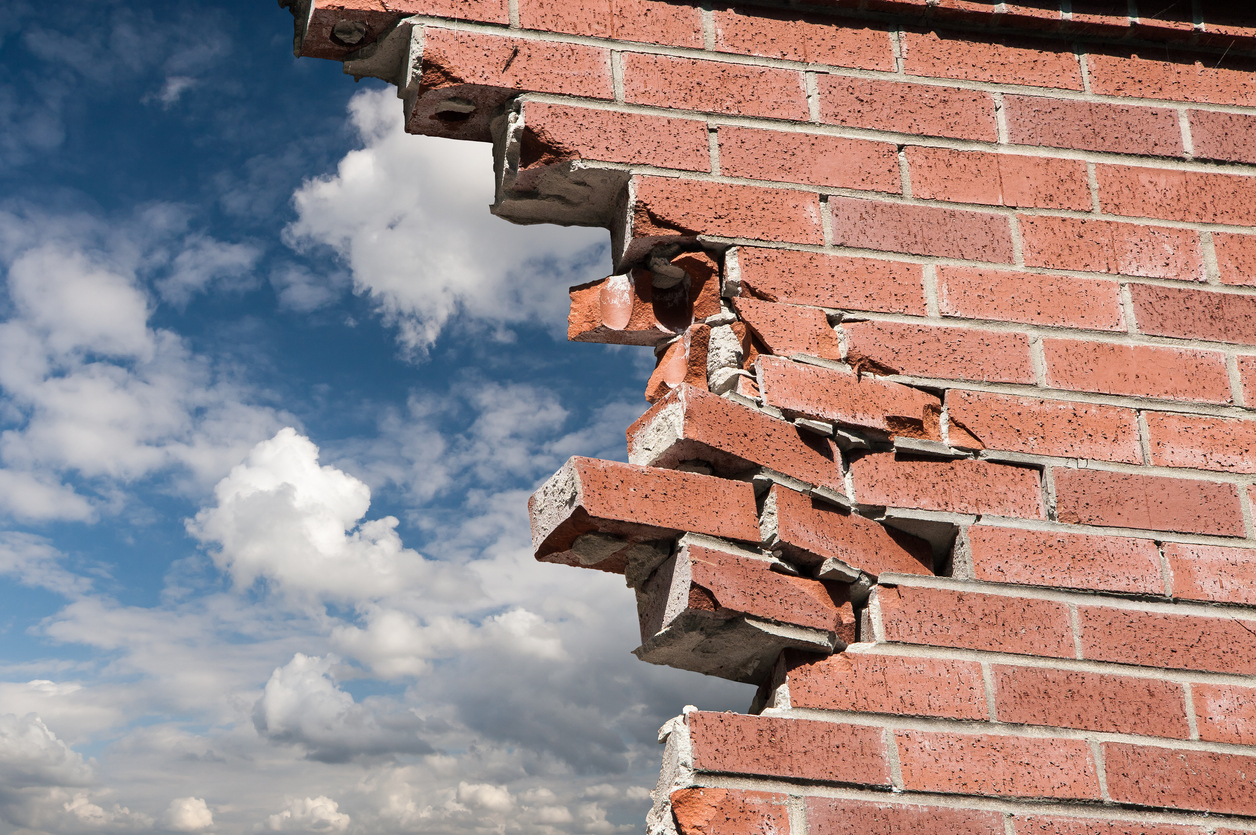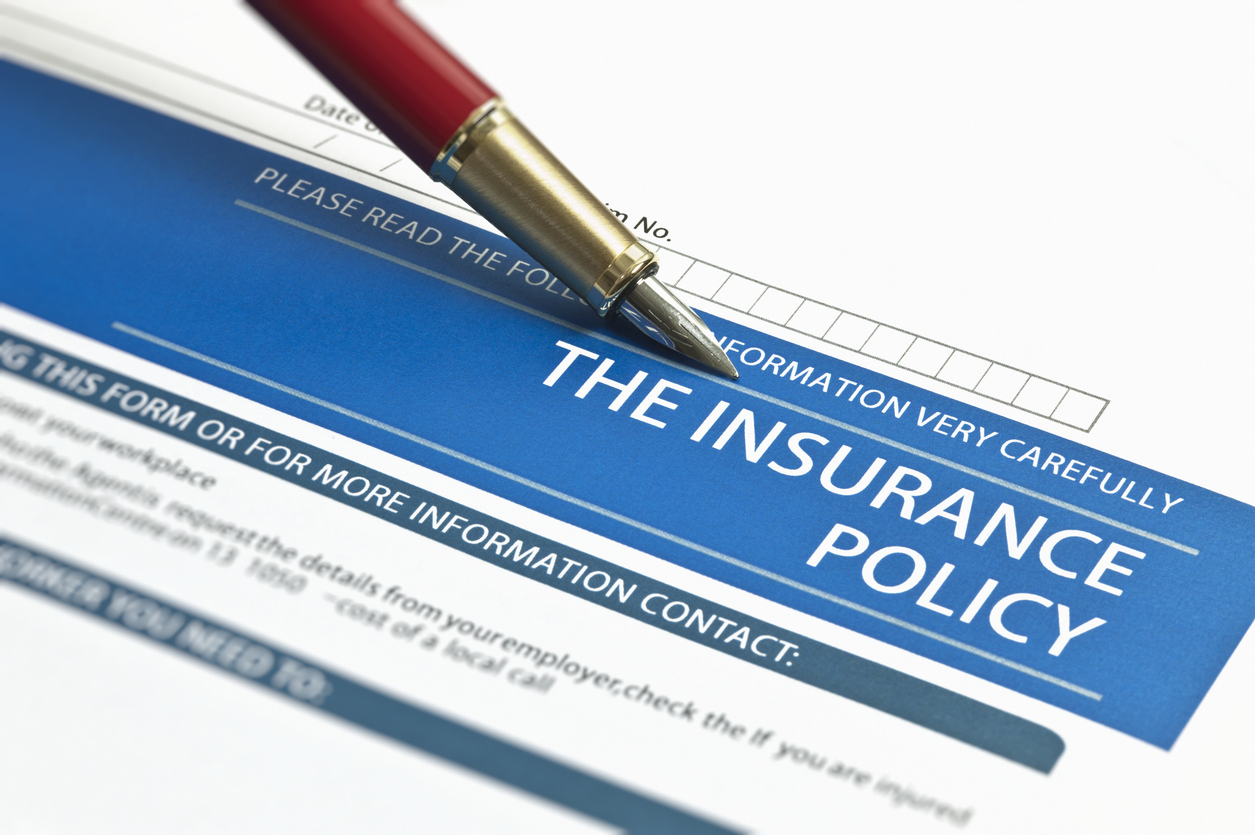This week’s Insurance Law and Litigation Week highlighted the conclusion of a controversial business income that arose in the aftermath of the 2003 blackout. On August 14, 2003, problems with the interconnected North American power system resulted in a four-day electrical blackout over much of the northeastern United States and eastern Canada. Millions of people and businesses were affected by this outage, including Wakefern, a conglomerate group of supermarkets that owns the ShopRite chain. ShopRite suffered losses due to food spoilage during the blackout, in addition to incurring loss of business. Having paid a $5.5 million premium for insurance, covering (among other things) damage due to the loss of electric power, Wakefern turned to their insurer, Liberty Mutual, to pay for their losses.
For the period covering 2003, Wakefern collectively purchased a first party, all-risk insurance policy from Liberty. In addition to the basic policy, Wakefern purchased from Liberty a "Services Away From Covered Location Coverage Extension" (Extension), which extended coverage for consequential loss or damage resulting from an interruption of electrical power to Wakefern’s supermarkets when the interruption is caused by "physical damage" to specified electrical equipment and property located away from the supermarkets.
The Extension provided that:
A. We will pay for consequential loss or damage resulting from interruption of:
(1) Power;
. . . .
B. We will pay only if the interruption results:
(1) From physical damage by a peril insured against;
(2) Away from a covered location; and,
(3) To the following types of property, if marked with an "X":(X) Any powerhouse, generating plant, substation, power switching station, gas compressor station, transformer, telephone exchange;
. . . .
(X) Transmission lines, connections or supply pipes which furnish electricity . . . to a covered location.
The term "physical damage", however, was not defined in the Extension or in the underlying policy.
Following the blackout, Liberty denied Wakefern’s claims for spoiled food and business interruption under both the "direct physical loss or damage" portions of the policy and the "physical damage" part of the Extension. In doing so, Liberty characterized the food-spoilage damages as consequential and not direct losses and asserted that Wakefern had failed to present "evidence of any physical damage to transmission lines, connections or supply pipes which furnish electricity to any covered location." Wakefern filed a lawsuit in 2004 and a six (6) year litigation saga ensued.
The 32-page opinion of the New Jersey Court of Appeals explained the technical intricacies that caused the catastrophic power failure:
The power blackout that occurred on August 14, 2003, began a little after 4:00 p.m. (Eastern Daylight Time), when three large transmission lines in northern Ohio sagged and came into contact with trees that had not been properly maintained at a safe height. Those transmission lines were disengaged from the interconnection by their protective devices, and the electric current that they carried was automatically rerouted to other lines. One of those other lines, the 345-kilovolt Sammis-Star transmission line, became overloaded, and its protection system operated at 4:06 p.m. to disconnect it from the interconnection. According to the Final Report, the "loss of [the] Sammis- Star line triggered" the "uncontrollable 345 kV cascade portion of the blackout sequence." This was so because "the loss of the heavily overloaded Sammis-Star line instantly created major and unsustainable burdens on lines in adjacent areas, and the cascade spread rapidly as lines and generating units automatically tripped by protective relay action to avoid physical damage. It took four days to restore power to millions of Americans.
The appellate court evaluated the relevant expert testimony and resolved the fascinating technical and coverage controversy under the following long standing principles:
It is well settled that those purchasing insurance "should not be subjected to technical encumbrances or to hidden pitfalls and their policies should be construed liberally in their favor to the end that coverage is afforded ‘to the full extent that any fair interpretation will allow.’" Kievit v. Loyal Protective Life Ins. Co., 34 N.J. 475, These principles apply to commercial entities as well as individual insureds, so long as the insured did not participate in drafting the insurance provision at issue. Benjamin Moore & Co. v. Aetna Cas. & Sur. Co., 179 N.J. 87 (2004).
We conclude that the undefined term "physical damage" was ambiguous and that the trial court construed the term too narrowly, in a manner favoring the insurer and inconsistent with the reasonable expectations of the insured. In the context of this case, the electrical grid was "physically damaged" because, due to a physical incident or series of incidents, the grid and its component generators and transmission lines were physically incapable of performing their essential function of providing electricity. There is also undisputed evidence that the grid is an interconnected system and that, at least in some areas, the power could not be turned back on until assorted individual pieces of damaged equipment were replaced. However, we do not rest our decision on that evidence. Rather, we look at the larger picture concerning the loss of function of the system as a whole.
We recognize that, to some extent, the blackout was caused by a combination of fortuitous events, together with the operation of safety features built into the system to insure that the essential elements of the grid would not be severely damaged. However, in concluding that the "physical damage" is ambiguous, we consider the context, including the identity of the parties. See Voorhees v. Preferred Mut. Ins. Co., 128 N.J. 165, 176 (1992). These were not two electric utilities contracting about the technical aspects of the grid. Rather, the parties are an insurance company, in the business of covering risks, and a group of supermarkets that paid for what they believed was protection against a very serious risk – the loss of electric power to refrigerate their food. The average policy holder in plaintiffs’ position would not be expected to understand the arcane functioning of the power grid, or the narrowly-parsed definition of "physical damage" which the insurer urges us to adopt. See Weedo v. Stone-E-Brick, Inc., 81 N.J. 233, 247 (1979). In this context, we conclude that if Liberty intended that its policy would provide no coverage for an electrical blackout, it was obligated to define its policy exclusion more clearly.
We find no basis in the language of the Liberty policy, or in any of the foregoing cases, to require that the physical damage to the power source be permanent. […] The Services Away Extension would be virtually worthless if it only applied to the permanent destruction of the grid’s electrical generating capacity. We find no basis in the language of the Liberty policy, or in any of the foregoing cases, to require that the physical damage to the power source be permanent. […]
The off-premises power failures covered by the Liberty policy will always be temporary, because power will always be restored eventually. Here, the power outage lasted four days, but it was catastrophic. The Services Away Extension would be virtually worthless if it only applied to the permanent destruction of the grid’s electrical generating capacity.
Hurray for the policyholder!



